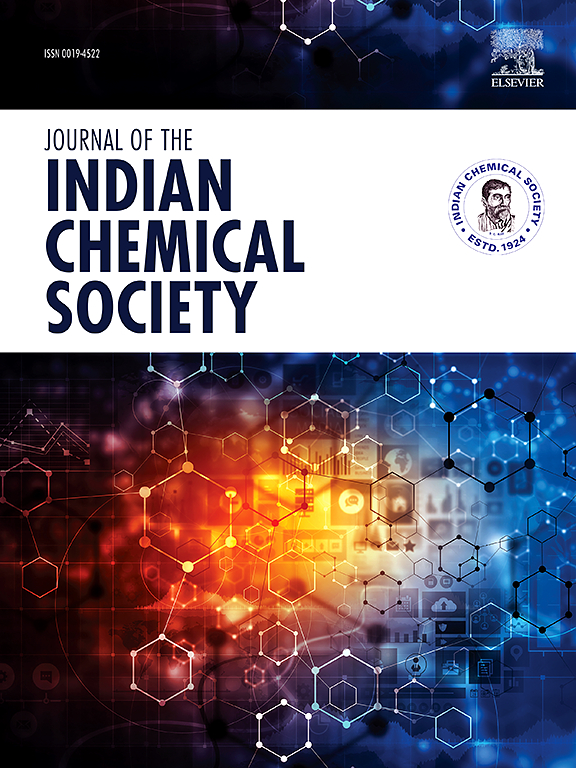Optimization of biogenic calcium carbonate production using bamboo dust as a nutrient source by Bacillus subtilis and Bacillus cereus for enhanced self-healing concrete
IF 3.2
4区 化学
Q2 CHEMISTRY, MULTIDISCIPLINARY
引用次数: 0
Abstract
Bacteria-induced concrete is one of the choices for the production of bio-concrete owing to its potential to produce calcium carbonate (CaCO3) for self-healing. The technique of repairing concrete cracks using bacteria has been widely accepted because of its effectiveness in enhancing concrete characteristics, such as strength and durability. However, no research has yet been conducted on predicting the formation of calcium carbonate (CaCO3) using different bacteria with organic calcium-based nutrients, such as bamboo. This study investigated two bacteria, Bacillus subtilis (B. subtilis) and Bacillus cereus (B. cereus), cultured in Bamboo Dust Nutrient (BDN) media to evaluate their survivability and acceptance in this environment. Furthermore, the ability of these bacteria to form CaCO3 is validated through microstructural analysis using XRD, SEM and EDX. To quantify CaCO3 formation in the presence of BDN, the bacteria were cultured separately in Luria (L) broth and Luria Bertani (LB) broth. Additionally, the concentration of the BDN solution, boiling temperature, and boiling duration were considered as input parameters for establishing the optimal nutrient dose for CaCO3 formation through optimization techniques. The optimization of CaCO3 formation by these bacteria was performed using Response Surface Methodology (RSM). The models were developed based on the Central Composite Design (CCD) approach in Design Expert software and analyzed using the ANOVA tool to simplify the design model. Based on model analysis, the highest CaCO3 formation was observed with B. subtilis in LB broth (29.115 mg), followed by B. cereus in LB broth (27.788 mg). The desirability values (>0.90) indicate effective optimization of the nutrient dose, boiling duration, and temperature conditions. These findings confirmed the feasibility of using bacterial-induced mineralization as a self-healing agent in construction materials. Finally, the self-healing capability of B. subtilis in the presence of BDN was demonstrated by injecting a bacteria-embedded BDN solution into cement mortar.

求助全文
约1分钟内获得全文
求助全文
来源期刊
CiteScore
3.50
自引率
7.70%
发文量
492
审稿时长
3-8 weeks
期刊介绍:
The Journal of the Indian Chemical Society publishes original, fundamental, theorical, experimental research work of highest quality in all areas of chemistry, biochemistry, medicinal chemistry, electrochemistry, agrochemistry, chemical engineering and technology, food chemistry, environmental chemistry, etc.

 求助内容:
求助内容: 应助结果提醒方式:
应助结果提醒方式:


